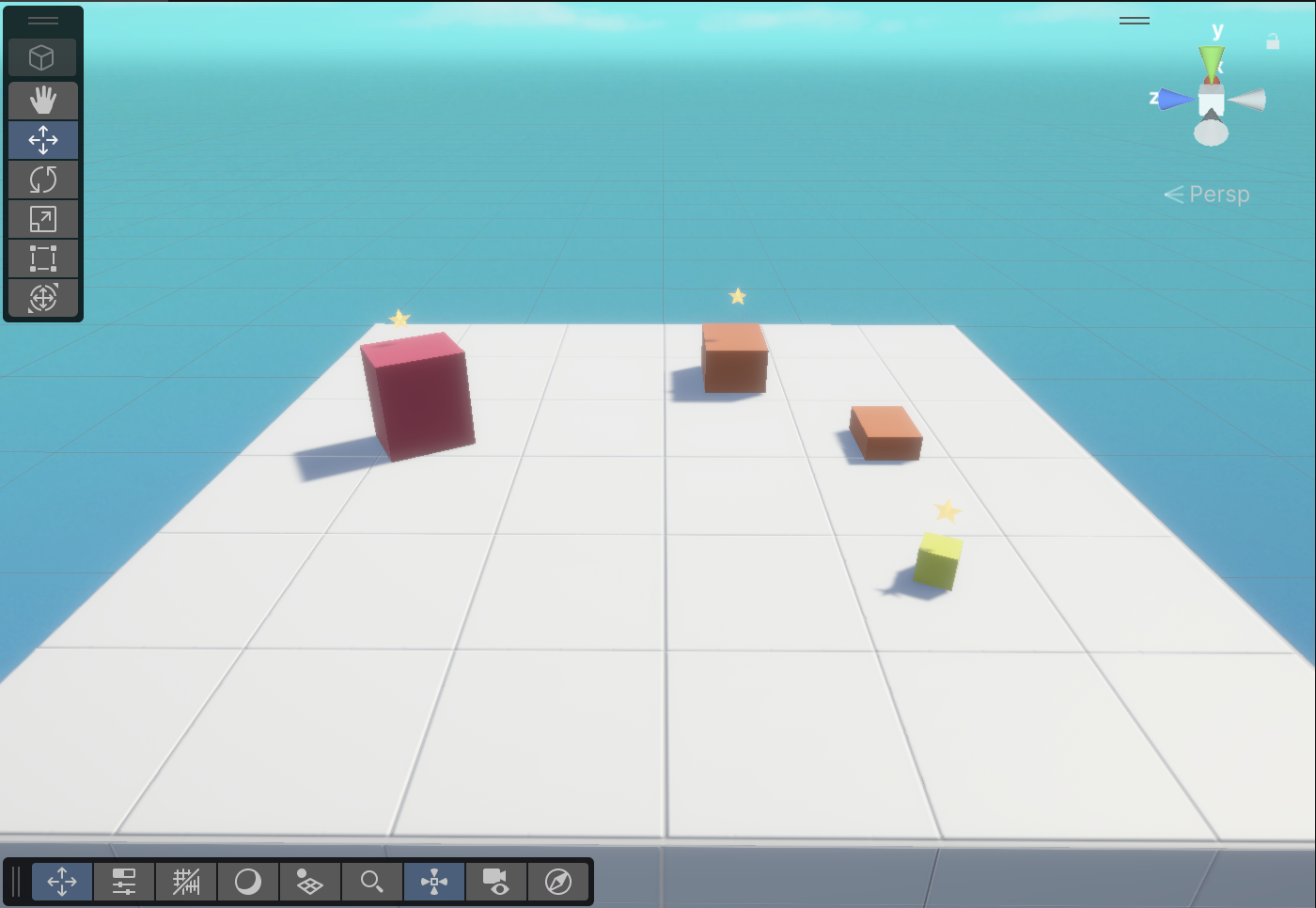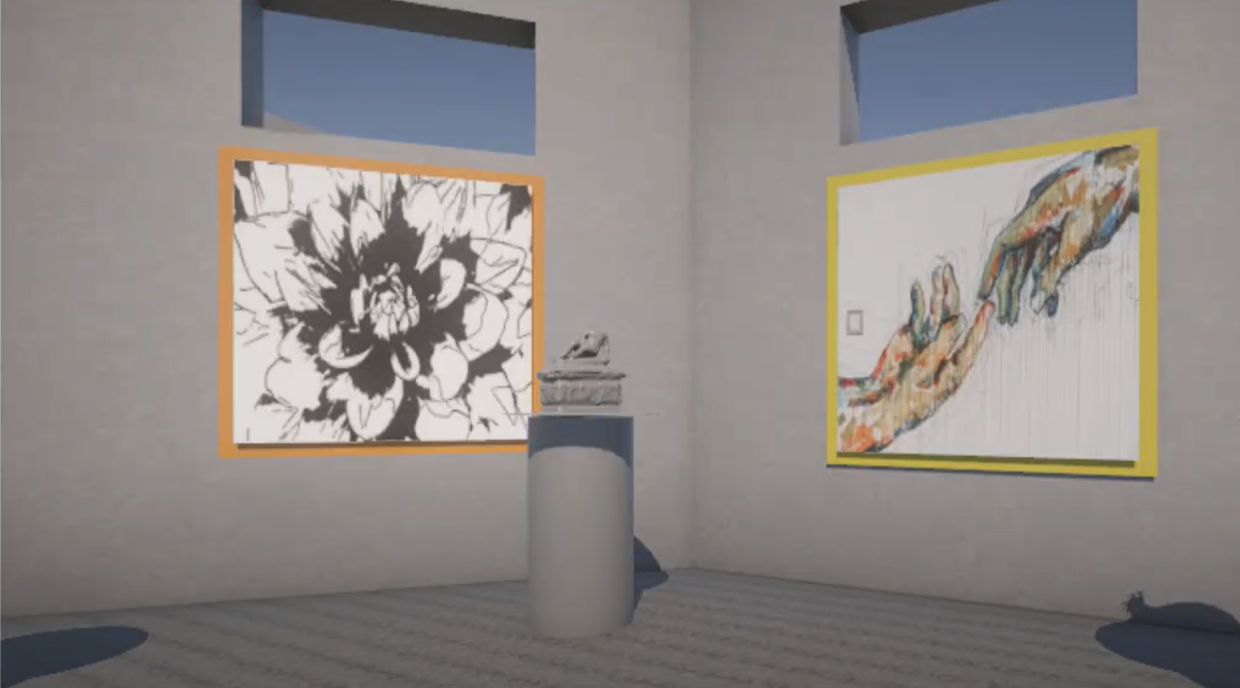
Get to know Unity
Tutorial
·
foundational
·
+10XP
·
0 mins
·
(55)
Unity Technologies

In this tutorial, you will gain a strong understanding of what Unity is and how it is used across industries.
1. Unit one goals and outcomes
Now that you have a sense of the content and structure of this professional development experience, let’s jump in! For the remainder of week one, you will become familiar with what Unity is and the many industries that use it. This is an important topic for your learners as well, who might be wondering how Unity relates to their interest in cars, fashion, film, education, architecture, and other varied industries.
Next, you’ll go through a quick in-Editor tutorial to learn the fundamental skills for navigating the Unity interface and creating 3D environments.

Finally, you’ll build a basic personal project using Unity - a gallery project wherein you’ll populate a 3D art gallery or museum with artifacts from your personal or professional life.

2. What is Unity?
Let’s start with a clear explanation of Unity. To put it simply, Unity is a tool - or an engine - that is used to create video games, films and animation, augmented and virtual reality, and much more. In other words, Unity is to interactive content creators what Microsoft Word is to authors - a tool used by creative people to bring a vision to life.
Unity is used by millions of creators, in almost every country around the world, and is only growing in popularity.
Here’s a video showcasing some of the amazing games made with Unity in 2025. Pay attention to the wide variety in game genres, styles, and platforms.
3. Unity Industry Use Cases
Take a moment now to peruse Unity’s Solutions website, and explore some of the case studies that demonstrate how Unity is used in myriad industries. Here’s a video showcasing the power of Unity for cases in Industry, followed by a list of specific use cases:
Extended Reality (XR) for industry
XR allows you to create immersive experiences to drive sales, enhance training, or improve team collaboration. Find out more about how XR can be used in Industry here.
EdTech
The way we learn and experience the world is impacted by Unity. Content creators are building experiences in the engine that allow us to time travel to important moments in history, zoom in or out on a topic to see it from different perspectives, such as teleporting to the Earth’s core or into the solar system, or practice important skills virtually before employing them in the real world. Find out more EdTech use cases here.
Government and Aerospace
In the aerospace industry, Unity is used to design airplanes and drones, build flight simulators, and train technicians on airplane maintenance using augmented reality. Find out more aerospace use cases here.
Automotive
With Unity, automotive engineers can visualize vehicle designs in real-time, assembly workers can view essential information as AR overlays, and teams can collaborate effectively from anywhere in the world. Find out more about the Auto industry here.
Architecture, engineering, and construction (AEC)
In architecture and construction, Unity is used to prototype 3D models of apartment complexes, sports arenas, and airports so you can walk through them in virtual reality and make any necessary changes before millions of dollars are invested. Find out more AEC here.
Retail
In retail, companies use Unity to design new products and enable consumers to try those products before purchasing. For example, Ikea customers can use mixed reality (MR) designed by Unity to see how a new couch or lamp will look in their living room before buying it. Find out more retail use cases here.
Healthcare
Unity can help doctors train with realistic, hands-on surgical simulations in a safe environment. Unity can also help surgeons to plan better by creating 3D models from MRI and CT scans. Hospitals can even use Unity to help track patients, manage equipment, and make faster, smarter decisions. Find out more health care use cases here.
Wellness and social impact
Wellness apps built with Unity are teaching users how to meditate and build mental and emotional resilience. Pioneering companies are using Unity to further social and environmental causes by enabling users to experience the impacts of climate change on ocean life or walk a mile in the shoes of a stranger. Find out more about social impact use cases here.
Note: This is not even a comprehensive list of the industries and use cases for Unity. You can find out more on the Unity Industry page and the Unity Use Cases page. You can download a shareable version of this introduction to Unity use cases here. Tasking students to explore these industry use cases can be an important introduction to Unity, as students will have varied interests in terms of application. The downloadable content can also be shared with other stakeholders such as administrators, funders, parents, and prospective students to help them understand what Unity is and the benefits of attaining a Unity skillset.
4. Next steps
In the next tutorial, you’ll install Unity and get started on the in-Editor orientation to Unity.
Even if you already know how to navigate the Unity Editor, you may want to check out this in-Editor experience, since it could be a very helpful resource for getting your students up and running with Unity!